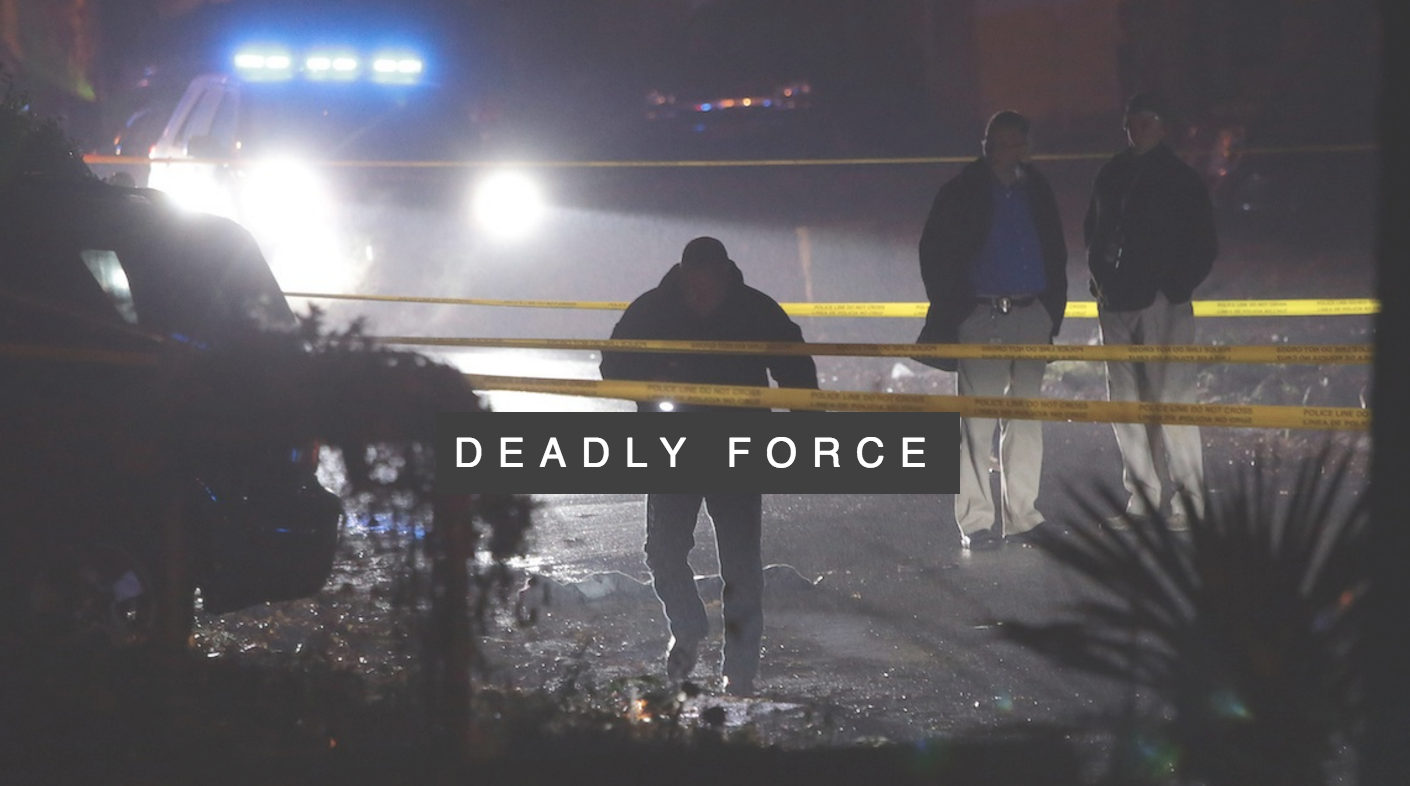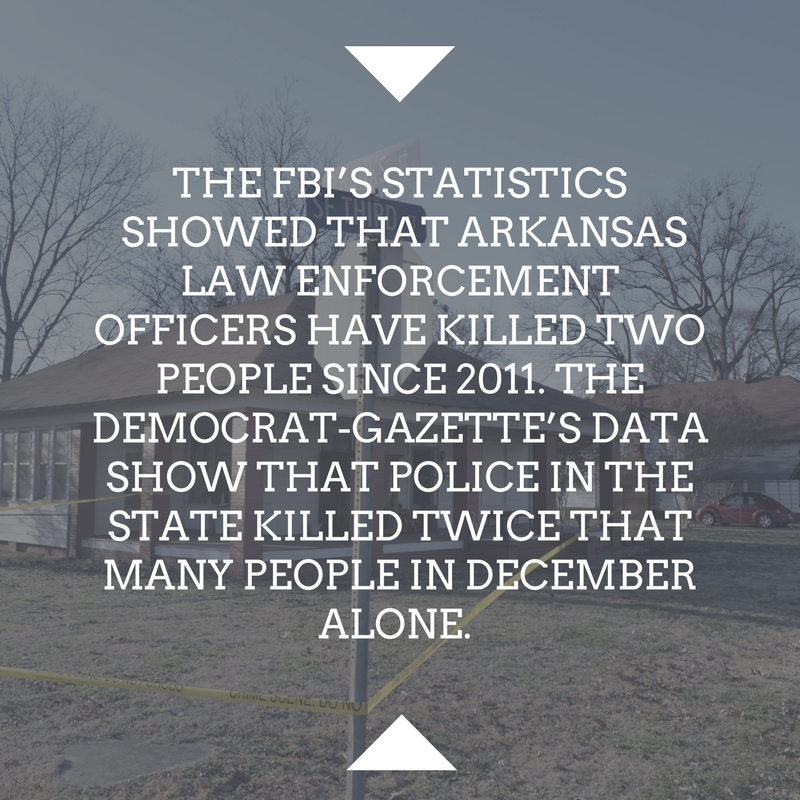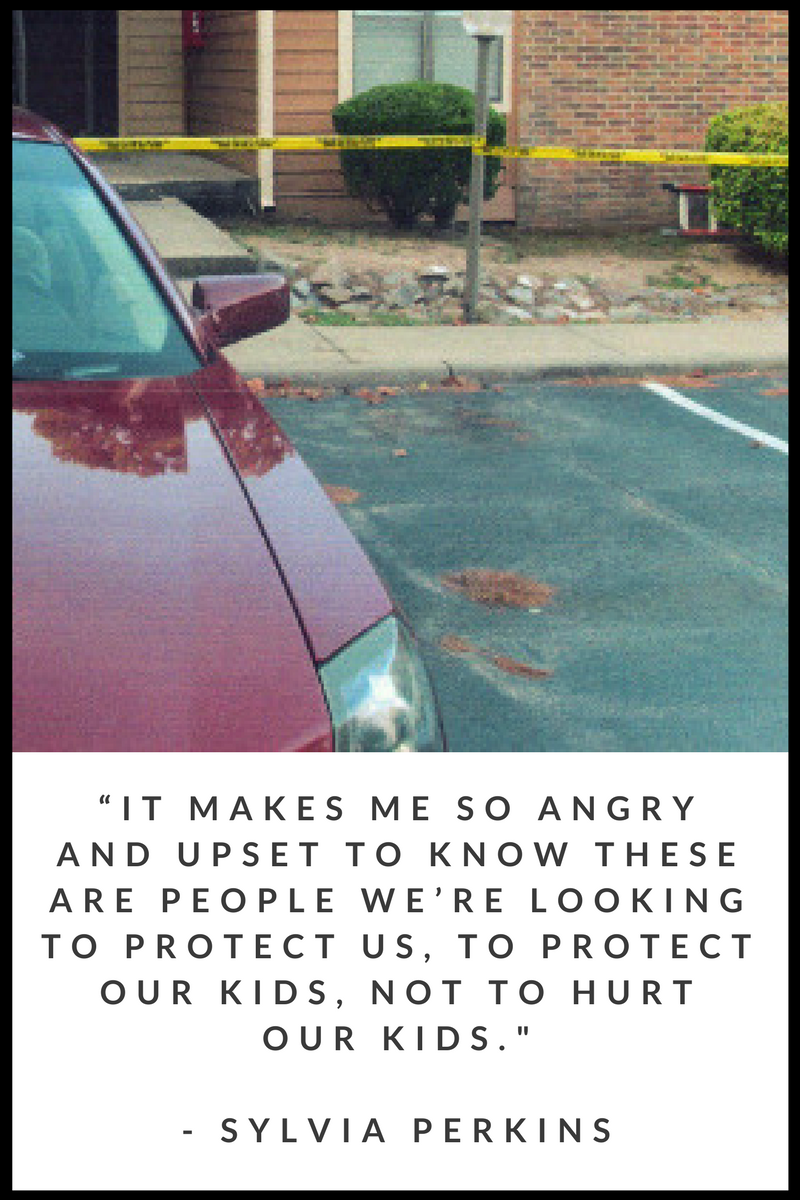|

Deadly-force data lacking: Shootings by Arkansas police deserve study, officials say
Police in Arkansas shot at least 135 people in the past six years. Sixty-seven died.
During the same period, at least three Arkansas police officers were fatally shot by assailants, and 31 reported being shot at when they wounded or killed someone, according to research by the Arkansas Democrat-Gazette.
Those numbers come from the Democrat-Gazette’s efforts to count all deadly-force encounters — fatal or not — between the public and law enforcement from 2011-16.
The newspaper built a database from public records and media reports because reliable, official statistics on police shootings are hard to come by.
[FULL STORY]

Split-second decisions weigh on officers
There’s a conference room in Little Rock where police officers cry.
It’s a corner suite on the second floor of the 12th Street Little Rock Police Department substation. Its windows overlook one of the city’s most violent neighborhoods.
Officers enter the room unarmed and in plain clothes. They’ve been placed on administrative leave, and their duty weapons are sealed in evidence bags at the state Crime Lab across town.
For the moment, they’re murder suspects.
[FULL STORY]
In 6 years, 53 blacks shot; is it racial bias or part of a bigger picture?
Fifty-three Arkansas black men were killed or wounded by police in the past six years, an Arkansas Democrat-Gazette investigation found.
Seventeen of them were unarmed.
Black men accounted for 73.9 percent of the unarmed suspects shot by police in the years studied by the newspaper. They make up 7.5 percent of the state’s population.
[FULL STORY]
Scales tilt in favor of police
Officers who shoot people are rarely charged with a crime, the newspaper’s investigation found.
None have been convicted.
Case files also show that investigations of police shootings are not always conducted independently, giving rise to questions about impartiality and conflict of interest.
[FULL STORY]
For good cops, taking of life set on replay, ex-officer says
For many officers involved in police shootings, the greatest fear “is they don’t want to get into another one,” Little Rock Police detective Tommy Hudson said.
Hudson recalls his — being thrown “around like a rag doll,” struggling with a mentally ill man for control of a butcher knife.
[FULL STORY]

How we did it
This Arkansas Democrat-Gazette series relied upon a database created by reporters because no one officially tracks the use of deadly force by police.
To create the database, reporters analyzed thousands of pages of police reports and prosecutors’ files obtained through Arkansas Freedom of Information Act requests.
The database likely does not include all officer-involved shootings because some officials refused to release information, citing ongoing investigations, or because they said they couldn’t easily search their files for deadly force cases.
To compensate, the Democrat-Gazette reviewed news reports and several third-party databases that track police shootings.
The newspaper also interviewed dozens of police officers, prosecutors, lawyers, criminal justice experts, civil rights activists and victims’ families.
Other documents used included: more than 30 federal court lawsuits publicly available online, academic studies and articles on officer-involved shootings, and key court decisions on police use of force.
Reporters: Hunter Field and Amanda Claire Curcio
Editor: Sonny Albarado
Copy editor: Sandra Tyler
Photography and video: Stephen B. Thornton
Graphics: Kirk Montgomery
Design: Terry Austin
Online presentation: Jillian Kremer, Gavin Lesnick, Nikki Dawes


